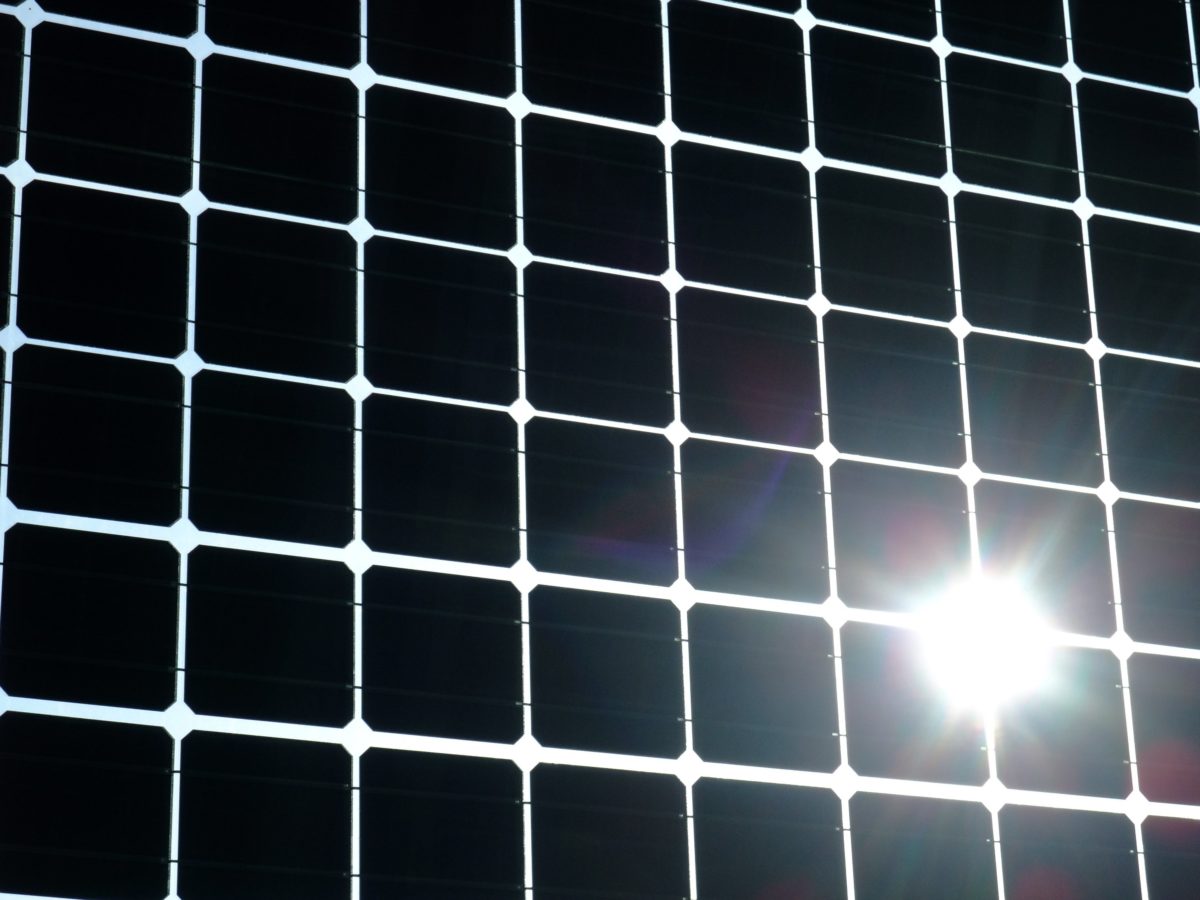Rising temperatures caused by climate change will have a direct impact on the performance of PV plants, as they affect the yield of solar panels. But they could also determine the amount of moisture, aerosols, and particulates in the atmosphere.
Researchers led by the Princeton University said this could in turn trigger an increase in the number of cloudy days and a decrease in solar radiation levels, especially in hot and arid parts of the world, such as the Middle East and the American Southwest.
“The daily radiation is expected to change in future climates due to altered cloud and aerosol patterns, presenting additional challenges for the long-term planning and management of solar energy,” the researchers said in “Impacts of solar intermittency on future photovoltaic reliability,” which was recently published in Nature Communications.
Their research – based on probabilistic calculations similar to those used to determine the risk of floods or drought – is aimed at calculating the amount of time a PV power plant’s energy supplies are lower than demand. They defined this as the loss-of-load probability (LOLP). This parameter is key to determining the impact of climate change throughout the lifespan of conventional solar modules.
The team relied on satellite data and climate model outputs to characterize solar radiation intermittency and assess the future reliability of PV in different parts of the world. It considered Romania and the United Arab Emirates, which have different cloud seasonality and solar energy production potential.
The academics claimed that their calculations have shown that a slight decrease in solar radiation in the Middle East and North Africa could result in significant increases in LOLP.
Popular content
“The sensitivity analysis points towards a tradeoff between the mean solar radiation that quantifies the total potential solar power and the power reliability, which being related to intermittency remains a major concern in the absence of large power storage options,” the researchers said. “This contrasting behavior between solar power availability and reliability requires special attention in assessments of future solar energy scenarios.”
Researcher Amilcare Porporato said the results of the study could help solar project developers to design better power plants, while optimizing storage to avoiding the expansion of solar capacity “in areas where sunlight intermittency under future climate conditions may be too high to make solar reliable.”
In August 2019, MIT researchers warned that climate change could reduce the yield of solar modules. Analysis based on the warming scenarios outlined by the Intergovernmental Panel on Climate Change predicts that in some areas, the annual energy output of PV systems could fall by up to 50 kWh per kilowatt installed. The researchers calculated that for each degree of global temperature increase, solar modules could lose around 0.45% of their output, although they stressed that this figure is solely a representative number.
In July, an international research team led by the Massachusetts Institute of Technology measured the reduction of air pollution due to the Covid-19 shutdown and its impact on solar radiation levels. They needed to confirm what they found in previous studies – that air pollution in cities can negatively affect the performance of PV modules. They and found that solar radiation in Delhi, one of the world’s most polluted cities, was around 8.3% higher in late March, when the Indian government first implemented lockdown measures.
“Results shown here paint a plausible picture: Air pollution levels drop notably, and this drop results in clearer air that allows more sunlight to pass through the atmosphere, which increases the yield of PV installations,” the researchers concluded.
This content is protected by copyright and may not be reused. If you want to cooperate with us and would like to reuse some of our content, please contact: editors@pv-magazine.com.



1 comment
By submitting this form you agree to pv magazine using your data for the purposes of publishing your comment.
Your personal data will only be disclosed or otherwise transmitted to third parties for the purposes of spam filtering or if this is necessary for technical maintenance of the website. Any other transfer to third parties will not take place unless this is justified on the basis of applicable data protection regulations or if pv magazine is legally obliged to do so.
You may revoke this consent at any time with effect for the future, in which case your personal data will be deleted immediately. Otherwise, your data will be deleted if pv magazine has processed your request or the purpose of data storage is fulfilled.
Further information on data privacy can be found in our Data Protection Policy.